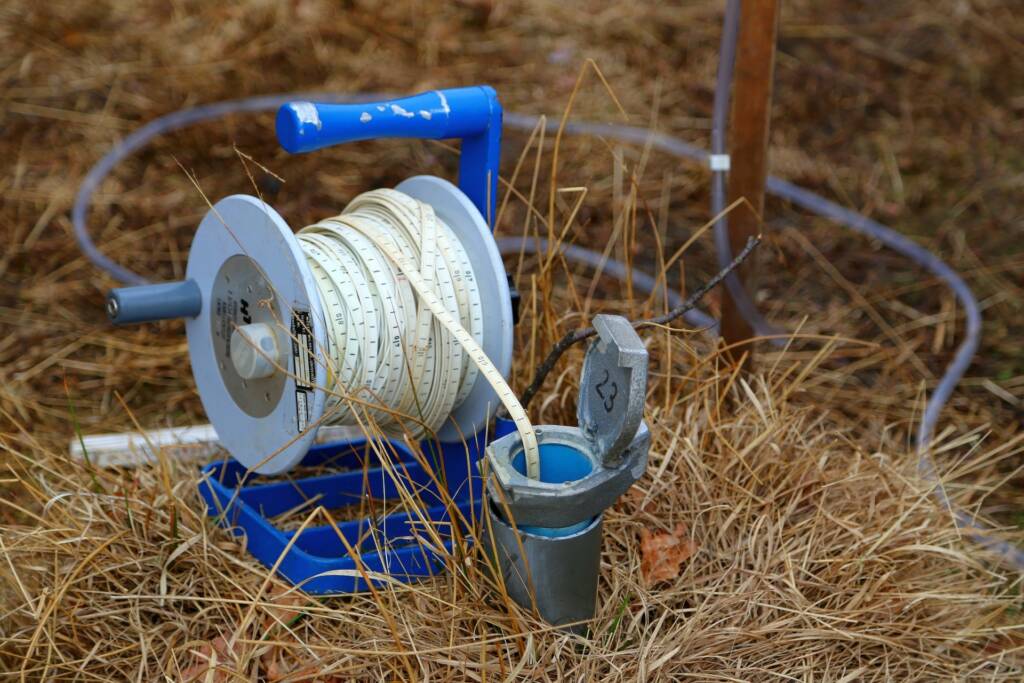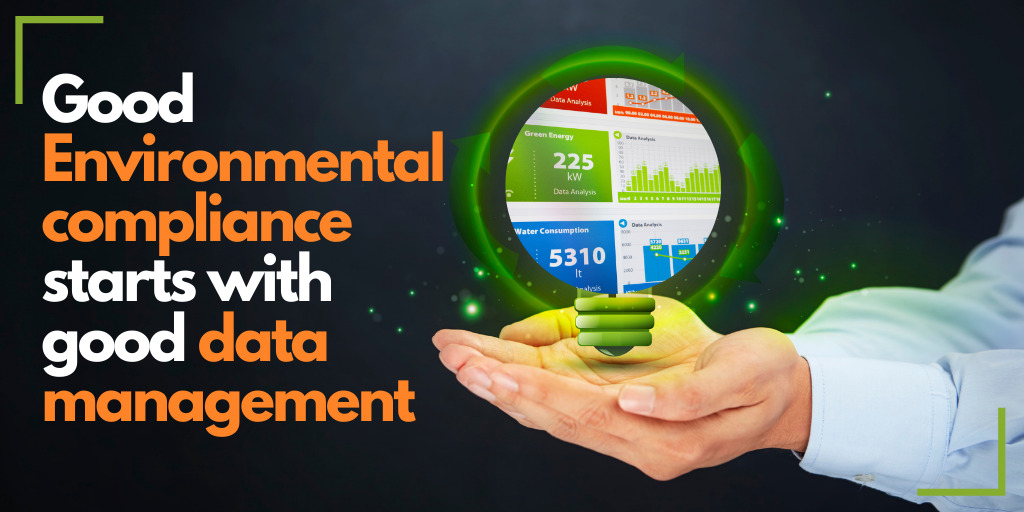Compliance refers to the action of adhering to an official requirement (Merriam-Webster, 2021). When discussing environmental compliance, this refers to adhering to legislation, regulations or requirements which specifically relate to environmental factors. This sounds simple in theory, but in practice ensuring environmental compliance is maintained can be complex.
Understanding your environmental compliance requirements
The first step to be set up for success and compliance is to understand:
- What your environmental compliance requirements are; and
- Where these environmental compliance requirements have come from.
For projects operating in Australia, environmental compliance requirements are likely to originate in the first instance from the environmental legislation of the jurisdiction in which the project operates. Environmental approval documents and granted conditions in approvals, permits and licences will also contain requirements relating to the environment, which must be complied with.
One such condition often used by regulators for an activity to go ahead that will impact the environment is documenting compliance in the form of a submitted report for review.
Compliance and reporting
The compliance report collates information relating to environmental impacts to demonstrate that the activity remains compliant or in line with certain criteria, which are conditional on approval and operation. The individual approval conditions may influence the matters discussed within the compliance report. Typically, a compliance report would be submitted annually and provide information or present data from the last 12 months or a stated reporting period.
For projects operating in Western Australia, an annual compliance report discussing environmental compliance, in particular, maybe a component of approval conditions under the following legislation:
- Part IV of the Environmental Protection Act 1986: Annual Compliance Report – Ministerial Statement;
- Part V of the Environmental Protection Act 1986: Annual Environmental Report – Prescribed Premise and Compliance Report – Native Vegetation Clearing Permi;
- Mining Act 1978: Annual Environment Report – tenement activities;
- Rights in Water and Irrigation Act 1914: Groundwater Monitoring Report – 5C Licence to Take Groundwater.

Additional legislation may be relevant depending on the activities being undertaken.
As with any reporting, the information presented within the report is only ever as good as the raw data. This is why good data collection and management are both critical for compliance reporting.
Monitoring and Data Collection
As part of the conditions and the environmental approval documents, there may be information relating to monitoring that must be undertaken or parameters that must be measured to demonstrate limits have not been exceeded. A key compliance component is setting up the relevant monitoring program to capture this data and reflect the compliance requirements (Nyhuis, 2020). This means:
- Understanding what to monitor;
- Identifying a method that will be used and establishing a procedure to document this method;
- Understanding the frequency of the monitoring events; and
- Having the right equipment and trained personnel to collect the data accurately.

An effective monitoring program is only the start of good compliance. Monitoring data is valuable; however, its true value is only realised with good data management.
Data Management and Interpretation
An environmental compliance monitoring program will collect vast quantities of data, all of which needs to be stored and analysed (Sehested, 2018). This highlights the importance of good data management to improve the ease of data interpretation and extraction for other purposes such as reporting. Good data management for compliance purposes should:
- Contain records of all monitoring data collected, including archived or ‘old’ data;
- Ensure data is in a format that is easy to add and find again;
- Present data clearly and include metadata for seamless handovers; and
- Highlight potential non-compliance events or parameters within a threshold of a non-compliance event occurring so that management measures can be implemented.

Thankfully there are many software solutions available that can make data management and interpretation less time consuming (when used effectively and the right tool is selected for the job).
Compliance Reporting
Compliance reporting is an important element of any environmental approval. Not only does it provide fundamental information for regulators, but it is also useful for operators to get a clearer picture of how the project or activity is performing. Good progressive data collection and management can make compliance reporting easier and can highlight potential non-compliances well before the time of compliance reporting so that these can be rectified or managed appropriately.
The team at Integrate Sustainability have experience in data management, interpretation and compliance reporting. We can help you work through selecting a good data management tool or provide extra assistance to compile compliance reports. Please contact us to see how we could help on (08) 9468 0338 or at enquiries@ntegratesustainability.com.au.
References
Alpha Stock Images. (n.d.). Retrieved from https://www.picpedia.org/handwriting/c/compliance.html
Merriam-Webster. (2021, August 23). Definition of compliance. Retrieved from https://www.merriam-webster.com/dictionary/compliance
Nyhuis, M. (2020, August 18). The Importance of Compliance Monitoring. Retrieved from https://insights.diligent.com/compliance/the-importance-of-compliance-monitoring/
Sehested, T. (2018, December 17). The Role Of Data Governance In An Effective Compliance Program. Retrieved from https://www.forbes.com/sites/forbestechcouncil/2018/12/17/the-role-of-data-governance-in-an-effective-compliance-program/?sh=4324022d6fc5

